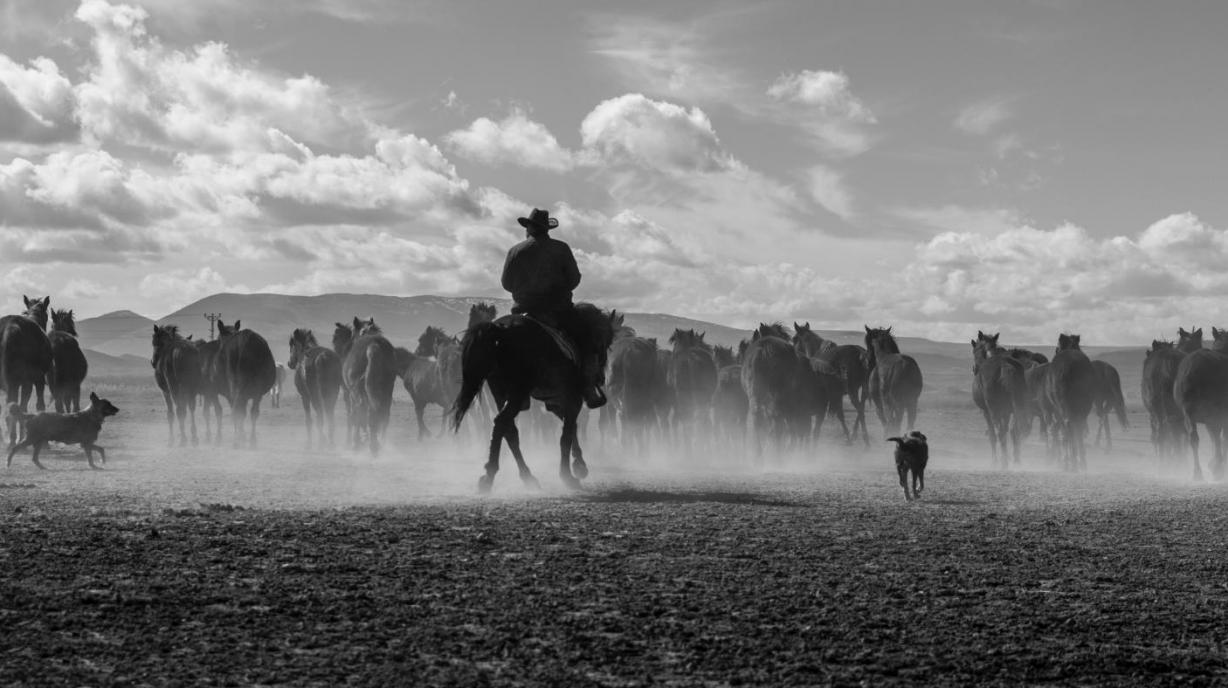
World

Photo cc_Mahir Uysal - Unsplash
Talking about the Gold Rush and the Wild West immediately conjures up fortune seekers and anarchy, but certainly not economic analysis. Yet economists have demonstrated how the presence of state institutions significantly reduced criminality in these areas, both back then and ever since, using data on mining in the Great American West. But what about the violence prevalent in states (or regions) before state institutions were established to ensure some form of property rights regulation?
Abundant natural resources could be seen as positive for a country or a territory, due to the direct or indirect wealth they generate. However, this does not always hold true; a large number of countries suffer from what the authors call a homicide resource curse. The risk of economic and institutional destabilization is rooted in various factors : either (1) the economy is not diversified enough to be sustainable because it is based largely on the income derived from natural resources, which leaves it very sensitive to price fluctuations, or (2) people’s greed for precious natural resources leads to violence. It is these acts of violence that are of particular interest to us here, especially sporadic and interpersonal violence not linked to organized crime, gangs or warlords.
The question behind this research is: does the initial presence of the “State” protect against possible belligerent reactions from individuals? During the conquest of the West, some mineral deposits were discovered well before institutions were set up, while others were found after the foundations of a government had been laid. When there was no official administration, there was much more frequent violence. The use of force was the only way for individuals to claim their rights to ownership of a piece of land or a mine. This historic fact makes it possible to statistically estimate the effects that the presence (or absence) of the State had on the rise of violence in areas known for their mineral deposits. The paper examines the time lapse between the establishment of governmental control and the discovery of a mineral deposit. A mathematical model (an econometric model, in fact) is used to avoid bias and to reveal other factors that could explain the correlation. The model is then extended to test for potential persistence of violence in these areas to this day.Data from the 18th century were used to chronologically trace the course of events, i.e., to determine which came first : the discovery of the deposit or the setting up of the institutions. Data included the location and date of the mineral resources discovered (more than 17500!) and the exact timing of the establishment of state administrations. Another database was used to collect violent acts taking place between 1790 and 1900, with special emphasis on homicides and assaults. These were compared with the same type of data for the year 2000, to assess whether the violence persisted.
The homicide resource curse is not a fairy tale: there is indeed a strong link between searching for a mineral deposit and extreme violence, and even with its persistence to this day. However, this only holds true when new deposits were discovered before any administrative entity was established. This suggests that the State and its institutions have the capacity to effectively reduce violence. The State acts as a third party to override the state of nature, where brutality prevails, in particular through the rigorous enforcement of property rights and contracts. Setting up state institutions appears as efficient as using traditional deterrents, like education and income, to reduce individual violence.

Photo cc_Lubo Minar - Unsplash
One question remains: why is violence still a major issue today, even though the US government now administers the whole country? According to the authors, when there was no State, the settlers themselves defended their property rights. Violence was therefore an appropriate means of deterrence and self-protection. Using violence to enforce one’s rights is a tradition, rooted in the culture of the Wild West.Government institutions either adopted, or were powerless to change, this pervading custom. Without the State, the most violent individuals dominated, and thus acquired the most land and power. When the state administrations finally got set up, these violent individuals’ influence was so great than they were able to corrupt the institutions to preserve their status. The famous film “Once upon a Time in the West” illustrates this: a railway tycoon uses his fortune with impunity to pay mercenaries to intimidate or murder all those refusing to cede him their precious land, with no reaction from the police. Such practices leave indelible marks on the future development of institutions. This paper clearly illustrates the indirect and persistent negative impacts generated by discoveries of mineral deposits when there is no, or weak, government; and this in spite of the wealth such territories can acquire. It paints an evocative picture of the homicide resource curse. Apparently, the presence of a sufficiently structured State and a set of legal norms can significantly reduce violent behavior, but this is only proved for pre-existing institutions, those set up before individual violence became the common law and dominant culture. As a well-known English philosopher, Thomas Hobbes, stated 400 years ago: where no law, no injustice. Force and fraud are in war the two cardinal virtues. Justice and injustice are none of the faculties neither of the body nor mind. ” Léviathan, 1651.